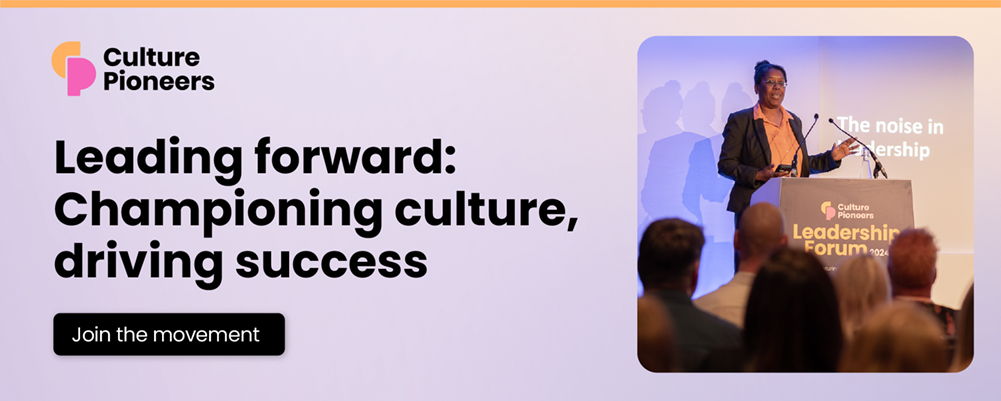Workplace malaise takes on a number of guises in the workplace – from distress and mismanagement to fear, exclusion, loneliness and social isolation. How have we so utterly lost our way? And how can we, as leaders, enable caring communities in our teams to underpin a supportive work culture where people feel they belong?
As social beings, searching for connection and belonging, we need to find a way back to living and working communally – with and for each other.
A less well-known or appreciated concept, ‘survival of the kindest’, was first coined by the American professor of psychology, Dacher Keltner. Keltner argued that learning how to be kind and to cooperate, rather than compete, was critical for our ancestors. It led them to better survival odds compared with those who struggled in conflict and isolation.
The demise of the close-knit community
Until about 200 years ago, we lived in close-knit communities and in harmony with nature. With the arrival of the industrial revolution our western lifestyle has progressively become individualistic. Today, we’re more focused on getting our own needs and wants met than caring, living and working together in communities.
Yet research shows that being part of caring communities is essential to meeting our fundamental individual needs. The Harvard Happiness Study – the longest-running study on human happiness and wellbeing – aimed to identify the main factors that contribute to a fulfilling and happy life.
Harvard’s study found that people who are more socially connected to family, friends and colleagues are happier, physically healthier, and live longer than those who are less connected. And most importantly, the study shows that the quality of these relationships – not wealth, fame, or social status – has the greatest impact on our physical and mental health.
What is a community?
A community is a group of people brought together through common characteristics, values or interests.
In workplaces, we can think of the organisation as a whole as a community – a group of staff working together to contribute to the mission and vision of the organisation. And the group of staff is often organised in teams working together to achieve shared objectives to fulfil the overall purpose of the organisation.
The health and happiness of teams – their sense of community, connection and collaboration – determines the health and success of the organisation.
But, as mentioned above, it’s not enough to collaborate towards shared objectives. It’s the quality of the relationships, how we see and treat each other, that lies at the heart of a healthy and positive work culture. It’s the very thing that creates community – a sense of ‘we are in it together’.
Where leadership comes into the caring community
Leaders determine work culture. They set the tone for how we act around the workplace and our attitudes to colleagues, ultimately impacting how we feel at work.
We need compassionate leaders who enable caring communities in teams.
Attitudes such as compassion, kindness, empathy and care are still highly underrated in the workplace and often seen as soft and sentimental.
Yet the World Economic Forum’s Future of Jobs Report 2025 identifies the top five skills for the future as: empathic leadership, resilience, creative thinking, analytical thinking and self-awareness. These skills, the report says, allow employees to collaborate, adapt and engage.
The questions to ask as a compassionate leader
How, then, can we create conditions for empathic and compassionate leadership that can enable caring communities in our teams?
How can we, as leaders, model an eco-centric (rather than ego-centric) way of creating relationships with team members and colleagues?
As leaders we can begin to draw on non-conceptual intelligences that are crucial for the health of a community, a team. These include tapping into our intuition, imagination, intrinsic relatedness and our human need for space, freedom, autonomy and trust.
We can ask better, systemic, questions that are non-transactional and for the greater good of teams.
We can begin to ask: How can I help? What is my contribution to the situation to shift it? Where are we at? What’s happening? What else might be causing this situation? What are the power dynamics in these relationships? What’s needed now? How can we combine our strength?
To ask such questions, we need to slow down, give space and time, listen carefully, and hear each person’s perspective to build trust and include differences.
As leaders we need to shift from tunnel, ego-centric awareness to open, kindly, compassionate eco-awareness, i.e. I in relationship to others.
When we feel part of a healthy community at work we naturally want to care for each other, do well and contribute.
A 5-step method to help facilitate caring communities in teams
These steps are based on Jevon Dängeli’s Open Awareness Integral Process.
NB: It is helpful to do this team practice sitting in a circle without tables or objects obstructing the space between people.
1. Intention: What do we want to achieve? One main goal, vision or purpose
This first stage is about stating the shared goal, vision or purpose. Ensure everyone shares it, allow time for clarification, and then hear from each team member about what their intention is towards achieving the main goal.
2. Open awareness: Connect the team’s collective consciousness to create a participatory space
You can do this by inviting the team to take a moment to pause. To slow down, feel the breath in the body, and be aware of self (physical sensations, emotions, thoughts), others and what’s going on around them.
Do not rush this stage – it will need at least 10 minutes. Don’t be afraid of slowing down and sitting together in silence. It’s the only way to drop into a different space that allows team members to connect with self, other and deeper non-conceptual layers of knowing.
3. Expression: How do we experience open awareness collectively? What ideas can we draw from to address our intention and to contribute to our goal?
Invite the team to share their ideas. Listen carefully to each team member, and be mindful not to leave anyone out or put anyone on the spot. Give this stage the time it needs, so that ideas can emerge from other intelligences such as intuition and imagination.
At this stage, it’s better to let team members come forward when they want to speak rather than going around the room or circle.
It is also helpful to have someone who captures ideas on a whiteboard or flipchart.
4. Synthesis: What is our unified idea that represents the synthesis of all ideas expressed in the previous round?
Invite the team to look at all the ideas captured and unify these into an emergent common idea. Again, it’s helpful to allow enough time for this, to trust that the common idea will emerge. Don’t be afraid of silence between contributions. It’s often from these silent moments, non-conceptual gaps, that the most innovative ideas appear.
5. Integration: How can we best implement our unified idea towards the achievement of our intention or goal?
This stage is about finding the first steps to take to reach the unified goal. These may include not doing something or unlearning a particular mental model, view or belief.
Compassionate leadership is inherently inclusive and for life. When people feel listened to and cared for, they feel connected, respected and part of a community.
A healthy community – made up of healthy teams created by healthy relationships – provides us with a sense of belonging and safety. It supports us in hard times and gives us purpose. When we feel part of a healthy community at work we naturally want to care for each other, do well and contribute.
Culture Pioneers is a campaign proudly powered by HRZone. We are on a mission to both support organisations driving impactful culture change, and commend those who are leading forward and challenging the status quo at work.
Our campaign provides expert guidance and insights, while celebrating workplace cultures that drive real business impact. The best businesses don’t just adapt; they shape the future.








